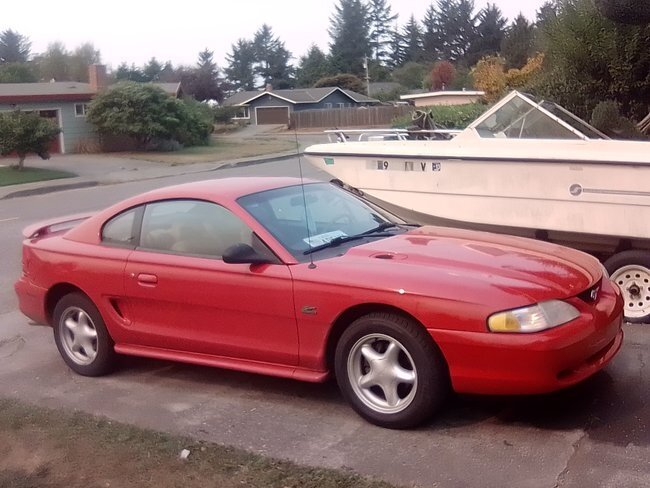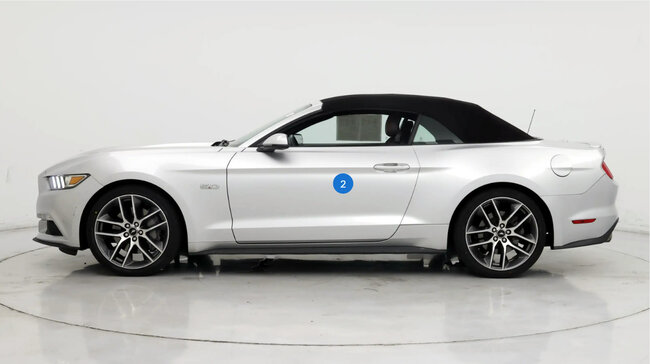Wednesday, January 4th, 2023 AT 2:02 AM
Hi guys. Okay, this is a problem entirely of my own making. A little while back my catalytic converters became plugged. Living in California and not wanting to pay the outrageous prices for "Carb compliant" catalytic converters, and since I couldn't slip it by any retailer to send me "Everybody else" compliant cats, not even to an Oregon P.O. Box (I tried), I went ahead and removed the catalytic converters and pre-catalytic converters, replaced with straight pipe, welded, and sold old catalytic converters for a few bucks. I also decided to remove tube running to mid pipes from smog pump, all hoses and check valves from smog pump, remove metal tube from exhaust manifold to EGR valve, weld shut nut from said tube both at EGR valve and exhaust manifold, rendering them air/exhaust tight, and to do the same on the funny tube that goes to each head(I assume into exhaust ports) from the smog/air pump. Fine because My car is a classic and very nice and I am going to keep it. Problem is, now I want to sell it to a friend as I am buying a 2015 convertible 5.0L GT. So, I am having to make my 1994 "smog-able" again so my friend can buy it. I have most of the parts, but I will have to buy a couple of them, and I am not even sure what their nomenclature is. Do you guys have an exploded diagram with parts nomenclature for this vehicle by chance? It is going to be a pain tracking this down, but it sure would be easier if I knew what to call the parts. Thank you. Here is a pix of the beast.





